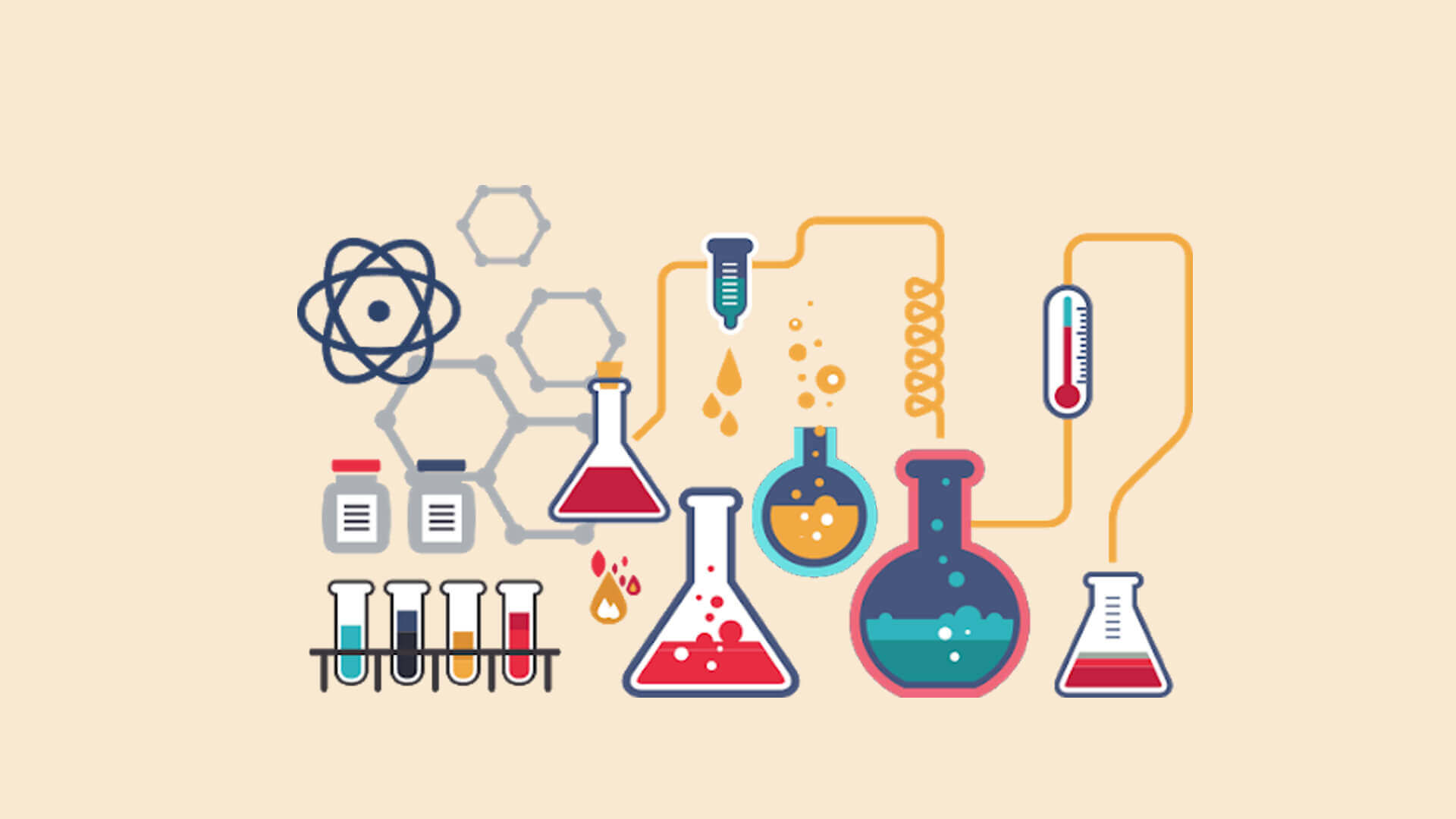Chemistry,Grade 11th,University Preparation (SCH3U)


-
Name:Chemistry,Grade 11th,University Preparation (SCH3U)
-
Grade:Grade 11th
-
Prereq:Science,Grade 10th,Academic (SNC2D)
-
Code:SCH3U
-
Type:University Preparation
-
Credit Value:1
-
Develop Date:2021-03-01
-
Course Price:CAD $1300
-
Status:Active
Course Description:
This course provides different aspects of the matter are discussed including the properties of commonly used chemical substances, an understanding of periodic trends in the periodic table, the way/s chemicals can approach each other and how they are bonded chemically in a qualitative and quantitative approach. In addition to that, qualitative and quantitative properties of solutions will be investigated along with the Gas laws that explain the behavior of gases. Moreover, Students will further develop their analytical skills and investigate properties of matter, as well as the impact of some common chemical reactions on society and the environment.
Aims and Objectives:
- Demonstrate an understanding of the need to use chemicals safely in everyday life.
- Explain the relationship between the atomic number and the mass number of an element.
- State the periodic law and explain how patterns in the electron arrangement and forces in atoms result in periodic trends.
- Analyze the properties and effects of useful compounds, evaluate their risks and benefits, and propose ways to minimize any negative effects on societies and the environment.
- Explore and compare the properties of ionic and molecular compounds, and use these properties to classify compounds as either ionic or molecular.
- Analyze the properties of commonly used chemical substances, evaluate their effects on human health and the environment, and propose ways to lessen their impact.
- Compare and contrast the physical properties of different molecular compounds.
- Build molecular models and write structural formulas for molecular compounds.
- Discover that chemical processes can have unexpected effects on humans and the environment, sometimes far from their source.
- Classify a variety of chemical reactions as synthesis, decomposition, single displacement, or double displacement.
- Predict whether certain reactions will occur.
- Write balanced chemical equations for predicted reactions.
- Analyze the impacts of industrial processes on the environment and human health and consider how we can minimize these impacts.
- Understand the chemical reactions involved in industrial processes.
- Assess how effective chemical reactions are in addressing social and environmental needs.
- Write balanced chemical equations to describe chemical processes, including combustion.
- Accurately analyze the quantities of chemicals in our bodies, in various foods, and daily use.
- Appreciate that accurate measurements and analyses are crucial to our health and environment, as well as to industrial and manufacturing processes.
- Understand and use the law of definite proportions.
- Calculate quantities of atoms, ions, molecules, and other items using the unit “mole”.
- Analyze processes in the home, the workplace, and the environment that involve the use of chemical quantities and calculations.
- Apply the concepts of molar mass and mole ratios in chemical reactions.
- Predict the amount of the mass of product expected in a chemical reaction.
- Identify the limiting reagent and excess reagent in a chemical reaction and predict the amount of the mass of product expected.
- Explain how the outcome of a chemical reaction can be affected by manipulating.
- Analyze economic, social, and environmental issues related to drinking water.
- Explain the challenges that must be overcome in order to have a sustainable supply of freshwater.
- Distinguish solutions from pure substances or other mixtures.
- Explain differences in solubility on the basis of intermolecular attractions.
- Identify the factors that affect solubility.
- Explain the importance of the components of the atmosphere.
- Analyze the effects of some technologies and human activities on air quality.
- Describe the Air Quality Health Index and assess air quality based on this index.
- Outline some effects of poor air quality on human health and the environment.
- Propose actions to reduce your carbon footprint.
- Describe and evaluate some government initiatives designed to improve air quality.
Expectations:
- Kinds of Matter, Chemical Properties and their Bonding
Throughout this course, students will:
- Demonstration and understanding of the basics of chemistry, recent advances and everyday chemistry, the detailed structure of the atom and the discovery of electron, proton and neutron.
- Demonstration and understanding about the Noble gases, Octet Rule; types, formation and naming of ions and significance of ions in the human body.
- Demonstration and understanding about Isotopes and Isotopic abundance, Nuclear Radiations, Mass Spectrometer; and Review and organization of the Periodic Table.
- Demonstration and understanding about the Advancements in Periodic table, Atomic Radius; Ionization Energy and Electron affinity and Periodic trends.
- Demonstration and understanding about the Ionic Compounds (Structure and Properties), Ionic Bonds; Ionic compounds as electrolytes.
- Uses, Impact and types of Chemical Reactions
By the end of this course, students will:
- Demonstration and understanding of the chemical reactions, Evidence of chemical reaction and Role of Catalysts.
- Demonstration and understanding of the basics of reactions; Synthesis reactions; Decomposition reactions and Plasma gasification.
- Demonstration and understanding about the Basis of Single displacement reactions, Activity Series and Toxicity of Mercury.
- Demonstration and understanding of the Basis of Double displacement reactions, Types of double displacement reactions and Neutralization reactions.
- Demonstration and understanding of Carbon monoxide and its toxicity, Types of combustion and Discoveries of Teflon, Scotchgard, Super Glue, and the element iodine.
- Significance of statistics in Chemical Reactions
By the end of this course, students will:
- Demonstration and understanding about the difference between qualitative and quantitative analysis, Significance of quantitative analysis in health, Quantitative Analysis in Sport; and salt: over dosage and health concerns.
- Demonstration and understanding about the concept of Mole, The concept of Avogadro’s number, Scientific Notation and Molar mass.
- Demonstration and understanding about Familiarity with moles and Avogadro’s number, Composition of Unknown compounds, Combustion analysis, Percentage composition and Law of definite proportions.
- Demonstration and understanding about Chemical Formula, The concept of Empirical formula and Law of definite proportions.
- Demonstration and understanding of the Importance of Molecular formulas, Molecular formula and percentage composition and Mass Spectrometer.
- Properties of Solutions
Throughout this course, students will:
- Demonstration and understanding about Water and Its Properties, The Significance of Hydrogen Bonding, Water in our environment-The Water Cycle, Water Treatment, The Global Water Crisis and solutions and their characteristics.
- Demonstration and understanding about the Dissolving of Ionic Compounds, The Dissolving of Molecular Compounds, Non-Polar Solvents and Surfactants.
- Demonstration and understanding about the Degrees of Saturation, Types of Solution, Solubility Curves and Amount concentration.
- Demonstration and understanding about the concept of Dilution, Volumetric Glassware, Solubility Curves and Amount concentration.
- Demonstration and understanding about the Equations for the Reaction of Ions, Total Ionic Equations, Ionic equations for Single Displacement Reactions and Water contaminants and water treatment.
- Properties of Gases and their impact on the atmosphere
Throughout this course, students will:
- Demonstration and understanding about the differences between the States of Matter, Kinetic Molecular Theory elaborated, Kinetic Energy and Temperature and The Greenhouse Effect and Climate Change.
- Demonstration and understanding of Photochemical smog, Particulate Matter, Pollutant Gases and volatile organic Compounds.
- Demonstration and understanding of Chemical Pollutants, Off-gassing, biological Pollutants and Car Idling.
- Demonstration and understanding of Pressure, Atmospheric Pressure and Altitude and High-Altitude Training.
- Demonstration and understanding about Absolute zero and Temperature Scales, Charles’ Law—The relationship between volume and temperature, Boyle’s Law, Gay-Lussac’s Law and Combined gas law.
Unit-wise Progression:
|
Unit
|
Title and Subtopics |
|
Unit 1 |
Kinds of Matter, Chemical Properties and their Bonding
-Hours: 23 |
|
Unit 2 |
Uses, Impact and types of Chemical Reactions
- Hours:16 |
|
Unit 3 |
Significance of statistics in Chemical Reactions
- Hours: 20 |
|
Mid-Term - Hours: 2 |
|
|
Unit 4 |
Properties of Solutions
- Hours: 22 |
|
Unit 5 |
Properties of Gases and their impact on the atmosphere
- Hours: 19 |
|
Culminating Activity – 5Hours |
|
|
Final Term – 3Hours |
|
|
Total –Hours 110 |
|
Teaching/Learning Methodologies:
The students are provided with almost all the material they would need to learn. The students will be provided with the whole resource of the course. The textbook will be attached with the course; the students will be able to download extra reading packs according to the lessons for the deep understanding of the concerned lesson. This course has almost all the things included for the learning of the students/learners as well as for the entertainment. This course includes the activities in the form of cumulative activities; moreover, as the course would start the student will be given a specific lab access for every topic, which they need about. The students will be able to solve the scientific problems by applying the acquired knowledge from this course. The assessments for every unit, the assessment of every lesson will be checked and reports will be designed. The students will be given the full time access to ask the questions to the teacher about the lessons. Proper lectures for every lesson will be conducted. The student will have to give the reflection feedback for the previous lecture and then the teacher will start the next lecture. The student will be able to ask queries about the lesson at the end of the lecture.
- Lesson plans
- PowerPoint presentations
- Videos
- Reading Packs
- Assignment for Learning
- Assessment of Learning
- Quiz
All of these are a cluster of downloadable and embedded files that will be provided to each candidate with the progression of the course.
E-Learning Approach:
E-learning is not only a training method but it is a learning method that is tailored to individuals. It is found that different terminologies have been used to define learning that takes place online which actually makes difficult to develop a generic definition.
E-learning includes the delivery of content via Internet, Intranet, and Extranet, satellite broadcast, audio-video tape, interactive TV and CD-ROM. The term implies that the learner is at a distance from the tutor or instructor, that the learner uses some form of technology.
With attention to this new system of education that is spreading across the globe it’s imperative that the content of such study programs are enhanced and modified to serve both the learner and the instructor well whilst dealing with the gap of conventional studying methodologies. Thus the courses promise its reader an experience full of engagement, student-concentric approach, personalization and Interaction. Using a wide array of multimedia tools, cloud based LMS and diverse repository of subject tailored audio-visual material that student can utilize and learn in a stimulated work environment where he’s in charge of his work hours.
Our e-learners paddle through these courses in the mediation of skilled mentors to the finish line with understanding of their subject’s application into real world problems following a futuristic model of education.
Strategies for Assessment and Evaluation of Student Performance:
Assessment is the ongoing gathering of information related to the individual student’s progress in achieving the curriculum expectations of the course. To guide the student to his/her optimum level of achievement, the teacher provides consistent and detailed feedback and guidance leading to improvement. Strategies may include:
- Diagnostic assessment
- Formative assessment
- Summative assessment
- Performance assessment
- Portfolio assessment
- Rubrics
- Checklists
The final grade will be based on:
|
Weightage in Percentage
|
Categorical Marking Breakdown |
|
40% |
Course Work |
|
15% |
Mid Term |
|
15% |
Culminating Activity |
|
30% |
Final Exam |
|
Assessment of Learning
|
||
|
Student Product |
Observation |
Conversation |
|
Learning Logs (anecdotal) Assignment Pre-tests (scale/rubric) Quizzes (scale/rubric) Rough drafts (rubric) Graphic organizers (scale) Peer feedback (anecdotal/checklist) Reports (rubric) Essays (rubric) Webbing/Mapping (rubric/scale) Vocabulary notebooks (anecdotal) Visual Thinking Networks (rubric) Tests (scale/rubric) Exams
|
Self-proofreading (checklist) Class discussions (anecdotal) Debate (rubric) PowerPoint presentations (rubric) Performance tasks (anecdotal/scale) |
Student teacher conferences (checklist) Debate (rubric) Peer-feedback (anecdotal) Peer-editing (anecdotal) Oral pre-tests (scale/rubric) Oral quizzes (scale/rubric) Oral tests (scale/rubric) Question and Answer Session (checklist) Online laboratory access to students( checklist) |
Resources Required by the Student:
- Microsoft Suite (Word, Excel, Power-point etc.)
- A laptop, or Mac, or Android, or any other operating system functional enough to use the web browser and use online software.
- Curriculum Reference: The Ontario Curriculum, Sciences







